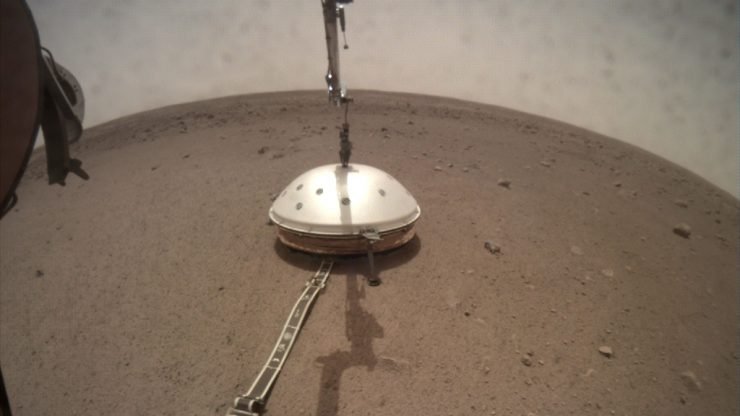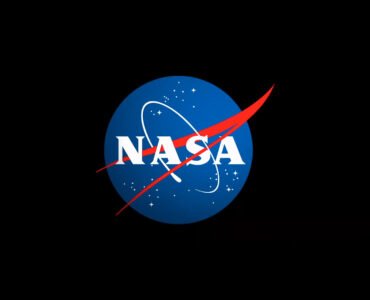The work done by NASA is the collective sum of our generation’s ability in mathematics, science and engineering. Mission planners are working on placing an HD Camera on NASA’s 2020 Mars lander.
Built on the knowledge and lessons passed on to us from the previous one. NASA is where despite all constraints, challenges and difficulties, the human kind rises above differences to solve our greatest challenges.
One of the first operations the Mars 2020 rover will perform after touching down on the Red Planet’s Jezero Crater on Feb. 18, 2021, will be to raise its remote sensing mast (RSM), which carries important optics and instrumentation.
Mastcam-Z is a multispectral, stereoscopic imaging instrument that will enhance the Mars 2020 rover’s driving and core-sampling capabilities. It will also enable science team members to observe textural, mineralogical, structural and morphologic details in rocks and sediment at any location within the rover’s field of view, helping them piece together the planet’s geologic history.
Mastcam Z’s capabilities are not the only firsts of the mission. Mars 2020 will be the first spacecraft in the history of planetary exploration with the ability to accurately retarget its point of touchdown during the landing sequence. And the rover carries a sample-caching system that will collect Martian rock and soil samples and store them on the planet’s surface for retrieval and return to Earth by subsequent
missions.
Mars 2020 will launch from Cape Canaveral Air Force Station in Florida in July of 2020.
JPL is building and will manage operations of the Mars 2020 rover for the NASA Science Mission Directorate at the agency’s headquarters in Washington.
Contrary to widespread misconception that is often times quoted as a party joke, NASA is not well funded.
Compared to mid 1960’s when NASA was receiving 4.5% of total Federal Budget, today’s NASA does all the work with a 0.5% of Federal Budget allocation.
All these discoveries that gives us meaning, economic edge, and competitive advantage – all of it comes from this ½ percent investment, and it is this investment that has made United States a leading nation in the field of science.
Imagine for a moment if all the nations of the world competed with each other in space exploration as we compete in military prowess where the humankind would be today.
It is intriguing how this is evolving and impacting our lives.
I try to blog about news on my website, one for referencing back when you are writing something or researching, and two to share with everyone.
If you like this story you should check out some of the other stories in the Space
To check the original story Click here







